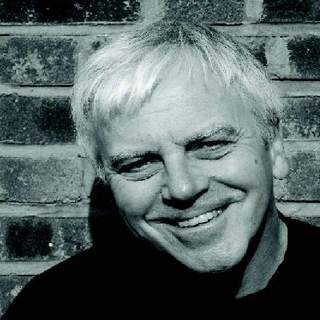When Brian Jones ventured from middle-class Cheltenham into London’s R&B dives, it was under the name of ‘Elmo Lewis’. Jeremy Spencer imported riffs he had learnt from Elmore James into the early albums of Fleetwood Mac.
Which of James’ recordings had inspired these players it would be hard to say, since hardly any of them were available on local releases, but it’s likely that a few copies of the 1961 Crown LP Blues After Hours found their way here, to impress listeners with the intensity of Standing At The Crossroads and Dust My Blues.
Imagine – music like Robert Johnson’s, but electrified!
No need to imagine it: you can hear it on this CD, which reissues the entire Crown LP – reproducing its cover shot of a tight-skirted temptress on a shiny red leather bar stool -– and adds another dozen tracks, mostly derived, like the LPs, from James’ Flair sessions of 1953-56. Two cuts, I Believe and Baby What’s Wrong, are both from Meteor and 1952.
What James had picked up from hearing Robert Johnson is most obvious in the songs to which Johnson himself had given form: Dust My Blues and its variant I Believe, based on Johnson’s I Believe I’ll Dust My Broom, and Standing At The Crossroads, Johnson’s Cross Road Blues. Both open with James’ signature slide riff, but whereas Dust My Blues, by a four-piece band, is dominated by it, on Standing At The Crossroads, a West Coast recording probably arranged by tenor saxophonist Maxwell Davis, a three-horn team punches the riffs back at the singer.
Happy Home, from the same session, has virtually the same arrangement, but a further track from this date, Sunnyland, drops the saxes and gets all its energy from a slow, loping figure (somewhat like the one on Jack Dupree’s Walking The Blues) played by the rhythm section.
Most of the other tracks were recorded in Chicago, New Orleans or Mississippi, with local saxmen (except on the horn-free New Orleans date). James’ longtime sidekick, tenor saxophonist J. T. Brown, shares the front-line attack with him on Strange Kinda Feeling and the driving instrumental Hawaiian Boogie.
Though it was his slide playing that impressed his British admirers, James was capable of playing a conventional guitar lead, often sounding like a sort of Southern T-Bone Walker, as on Mean And Evil, Rock My Baby Right, the two takes of Dark And Dreary or the wonderfully lightfooted Baby What’s Wrong, though he drew apart from his West Coast contemporary in the pungency of his singing and the loose swing of his accompanists.
As usual with Hoodoo (and its sister label Soul Jam), the CD comes with a 16-page booklet bursting with photographs, label shots and period ads. The sound quality is admirable, but then it should be, because all this stuff has already been issued by Ace, whose own augmented reissue of Blues After Hours is still in print, as is The Best Of Elmore James – The Early Years, which contains most of this Hoodoo CD and more besides.
Via Hoodoo

